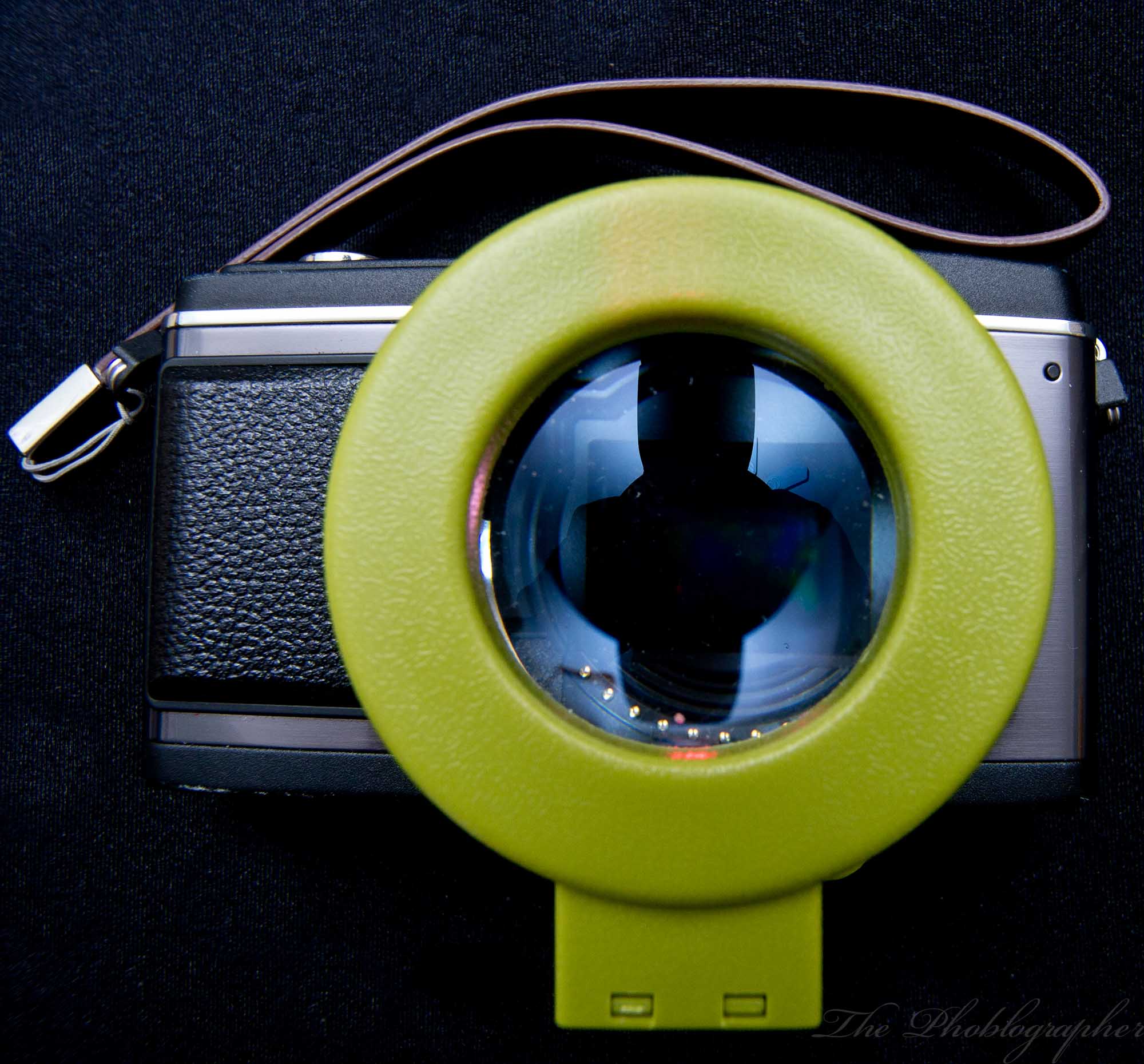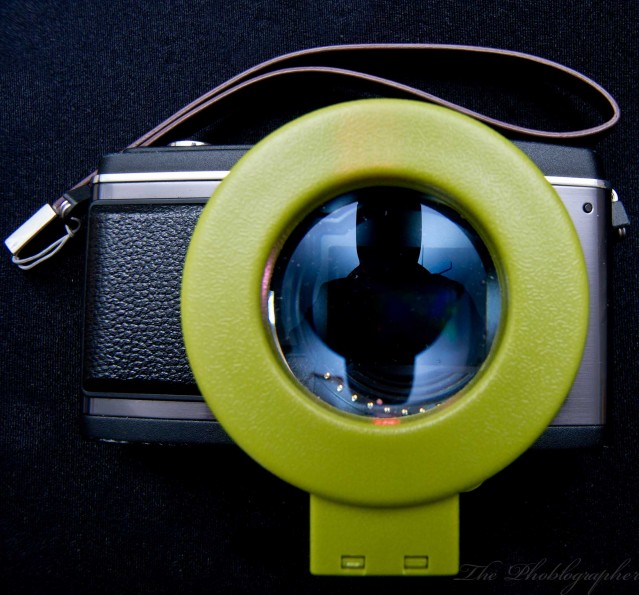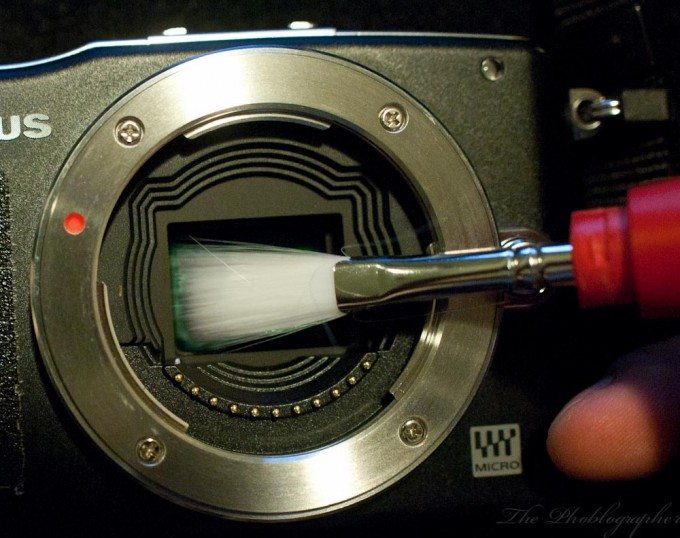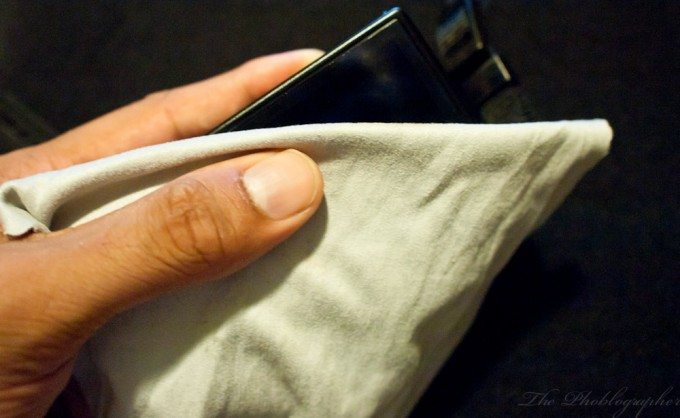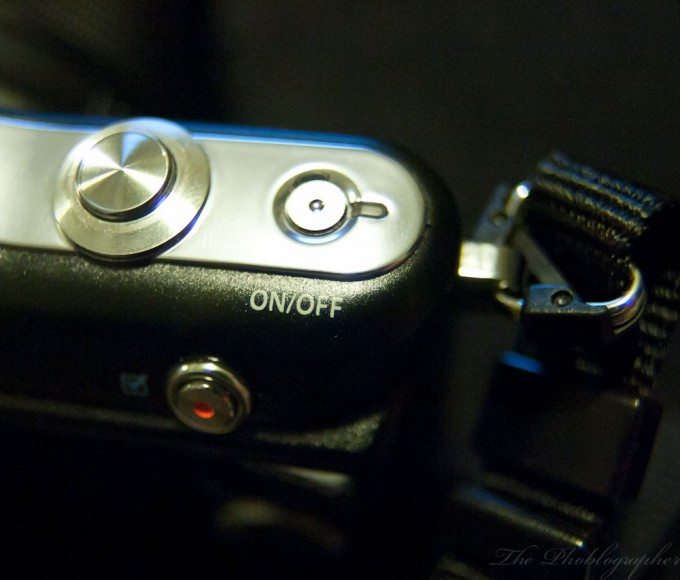The mirrorless camera market is growing at a tremendously rapid pace. As more users adopt the little cameras with a big heart, there’s more to learn about them vs DSLRs. One of the biggest factors is keeping your sensor clean. As careful as I am, my Olympus EP2’s sensor recently became so dirty that I actually started to see floaters appear in my images.
Here are a couple of tips for mirrorless camera users to use.
Brush It
Before you even begin doing this, you should check to see if you’ve got sensor dust. Once you’ve determined that you have dust, clean it. At this point, my favorite item to use is the Arctic Butterfly. I’m using an older version but the later models have a built in light.
To first check to see how much dust there is on the sensor, I use the Visible Dust Sensor Loupe. Seen in the opening image of this article, it magnifies what your sensor looks like and also has a built in light to illuminate the area.
When using this handy brush, be sure to only let the brush spin when it is not near the sensor. Otherwise, you may permanently damage the sensor of the camera. The spinning feature is meant to only clean the brush.
Also, be careful to brush your sensor very gently. In fact, I’d recommend using only the tip of the brush and only the tip. While this may sound like something that should go without saying, it is an essential for many people who have never cleaned their own sensors.
Lastly, hold the camera above you and facing down when you’re cleaning your sensor so that all the dust falls out.
Stay AWAY From People Coughing
Sometimes though, you’ll have more than dust on your sensor. Indeed environmental factors take over at times:
– You’re changing lenses near an air conditioner
– The wind blows
– Someone coughs or sneezes
And in this case you’ll perhaps have liquid of some sort which causes smearing. Now you’ll need a swab to clean the sensor. A good method is to start around the edges and work your way towards the center in a rectangular motion.
Wipe Your Camera
If you’ve got a microfiber cloth in your camera bag, consider wiping down your camera before you even think about taking the lenses off. Your camera is a magnet for dust and little pieces of dirt and when you’re taking the lens off, your camera’s sensor is exposed to those little pieces of debris getting in there.
Don’t Leave the Sensor Uncovered For More Than 3 Seconds
This is just a general rule of thumb for me. When I take the lens or body cap off of my camera, I make sure that it is uncovered for a maximum of only three seconds. Even three seconds is too long for me though; in practice it ends up being less than half a second.
The above rule can be applied to most situations. However, if you’re in a breezy environment, I’d recommend not even changing the lens at all. That recommendation applies to my previous rule about folks coughing around the camera.
Turn the Damn Camera Off!
I don’t believe this: but many people will keep their cameras on when taking the lens off. This applies double for you tech reps from the official companies.
When your camera is on and the sensor is uncovered, it literally becomes a magnet for dust and other things due to the electro-polarity fields that are around your sensor. So all that debris can end up sticking to your sensor like that Swiffer cloth you just threw out after cleaning your room.
It seriously makes me want to scream every time someone does it; and I only end up doing that when they use my camera to do this.
Always Face the Camera Downwards When Switching Lenses
If you’re switching lenses and have the camera pointed upwards to the sky, it’s an open space for dust to fall. Just think: gravity pulls everything down.
However, if you face the camera downwards to the ground when switching lenses, your sensor will be protected.
Pixel Mapping Will Not Help
I’ve heard this before and found it to be absolutely absurd despite users on forums swearing that it works.
In plain English, Pixel Mapping is like use the spot heal brush on your sensor. By that, if your sensor has dead or hot pixels, the camera will detect it and use the area around that spot on the sensor to build what should be there instead of a little dot of some sort.
This only works for hot or dead pixels, not dust.
If you’re a Canon user, you may want to consider the Dust Delete Data. But even then, consider cleaning the sensor first.
The Fast Lens Switch
This can only really be demonstrated in the video above. Take a look.
If you have any other tips to contribute, let us know in the comments below.
Please Support The Phoblographer
We love to bring you guys the latest and greatest news and gear related stuff. However, we can’t keep doing that unless we have your continued support. If you would like to purchase any of the items mentioned, please do so by clicking our links first and then purchasing the items as we then get a small portion of the sale to help run the website.


